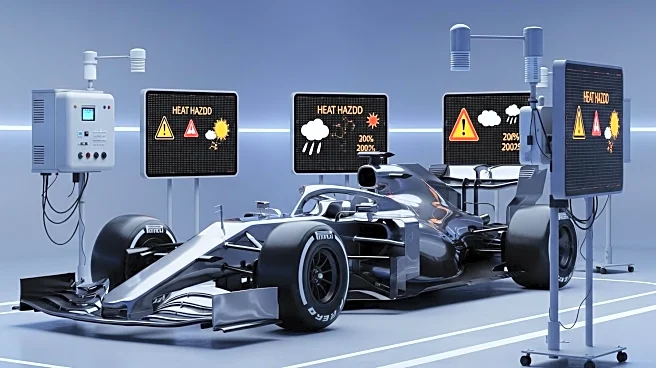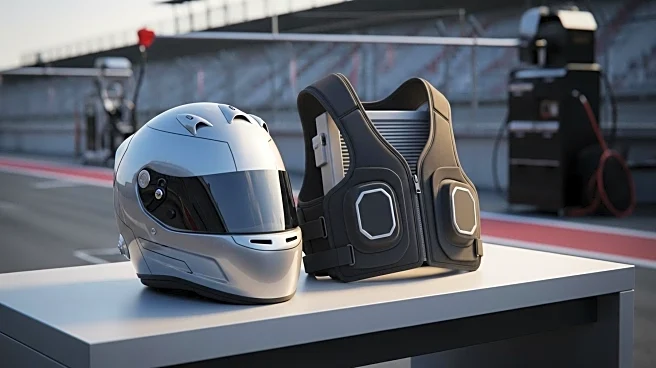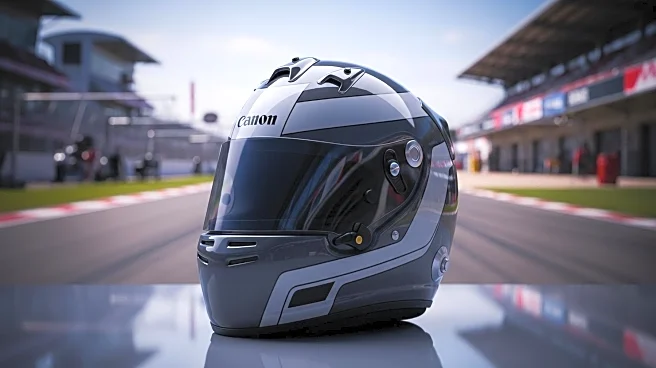What's Happening?
Formula 1 is preparing for a potential heat hazard warning at the United States Grand Prix, following a similar designation at the Singapore Grand Prix. The FIA introduced the heat hazard initiative after the 2023 Qatar Grand Prix, where drivers experienced dehydration and fatigue. The upcoming race at the Circuit of the Americas in Texas may face temperatures as high as 33 degrees Celsius, prompting safety measures like cooling vests or ballast addition to cars. While some drivers support the cooling system, others, like Max Verstappen, argue for personal choice in its use.
Why It's Important?
The heat hazard designation reflects growing concerns about driver safety in extreme weather conditions. It highlights the need for adaptive measures in sports to protect athletes' health. The debate over mandatory cooling systems underscores the balance between safety regulations and personal autonomy. The situation may influence future policies in motorsports regarding environmental conditions and athlete welfare. The economic impact on the sport and its stakeholders, including teams and sponsors, is significant as safety measures may affect race dynamics and outcomes.
What's Next?
The FIA's decision on the heat hazard designation will set a precedent for future races in similar conditions. The implementation of mandatory cooling systems next season could lead to design changes in F1 cars. Teams and drivers may need to adapt strategies to comply with new safety regulations. The ongoing discussion about driver safety may prompt further innovations in sports technology and equipment. Stakeholders will likely monitor the situation closely to assess its impact on race performance and fan engagement.
Beyond the Headlines
The heat hazard issue raises broader questions about climate change and its effects on outdoor sports. It highlights the need for sustainable practices in event planning and management. The ethical considerations of athlete safety versus competitive advantage are central to this debate. The situation may drive technological advancements in cooling systems and environmental monitoring in sports.











